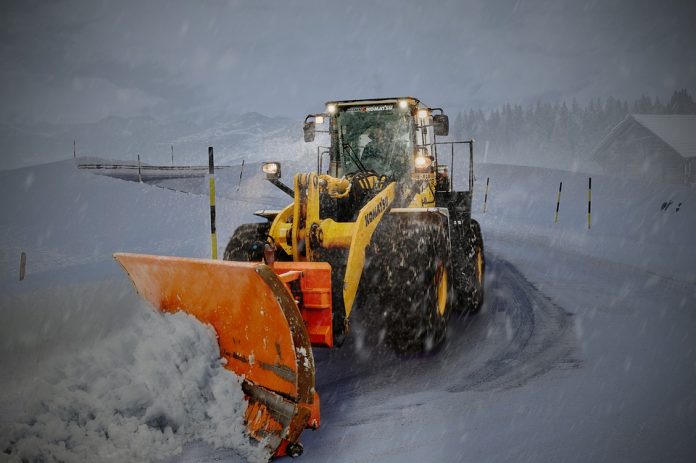Canadian winter months can bring frigid, sub-zero temperatures, and for those who work outdoors, exposure to the cold can be hazardous and put them at risk for injury. The Canadian Centre for Occupational Health and Safety (CCOHS) recommends planning ahead to prevent cold-related health problems like hypothermia and frostbite.
“Prevention is one of the best ways to deal with many freezing and non-freezing injuries from working in the elements,” says Steve Horvath, President and CEO at CCOHS. “When working in cold weather it’s important that workers and supervisors understand the symptoms of over exposure to cold, the proper clothing requirements and safe work practices, and emergency procedures in the event of cold injury.”
To stay safe and dry, CCOHS recommends workers insulate themselves against air temperature, air movement (wind speed), and humidity (wetness) by wearing layered clothing to regulate the amount of heat and perspiration generated and lost while on the job. If the work pace is too fast or if the clothing is not properly selected, excessive sweating may occur and the clothing next to the body will become wet. The moisture will dramatically drop the insulation value of the clothing and increase the risk for cold injuries.
Workers should also take regular breaks from the cold, eat properly and frequently to maintain body heat and prevent dehydration; and use a buddy system – look out for coworkers and be alert for the symptoms hypothermia or frostbite.
Hypothermia is the most common cold injury. Prolonged exposure to the cold causes the body to lose energy faster than it is produced, dropping body temperature. Warning signs are numbness, stiffness, drowsiness, poor coordination and sometimes even a lack of desire to get out of the cold. If any symptoms of hypothermia are present, immediately call for emergency assistance (911).
Frostbite is the second most common cold injury. The freezing constricts blood vessels, which impair blood flow and may cause permanent tissue damage. Noses, ears, cheeks, fingers and toes are most often affected. In mild cases, the symptoms include inflammation of the skin in patches accompanied by slight pain. In severe cases, there could be tissue damage without pain, or there could be burning or prickling sensations resulting in blisters. Seek medical attention.
More information about working in the cold, and treating non-freezing and freezing injuries can be found on the CCOHS website.
HAMILTON, ON (January 13, 2015)
Source: http://news.gc.ca/



















